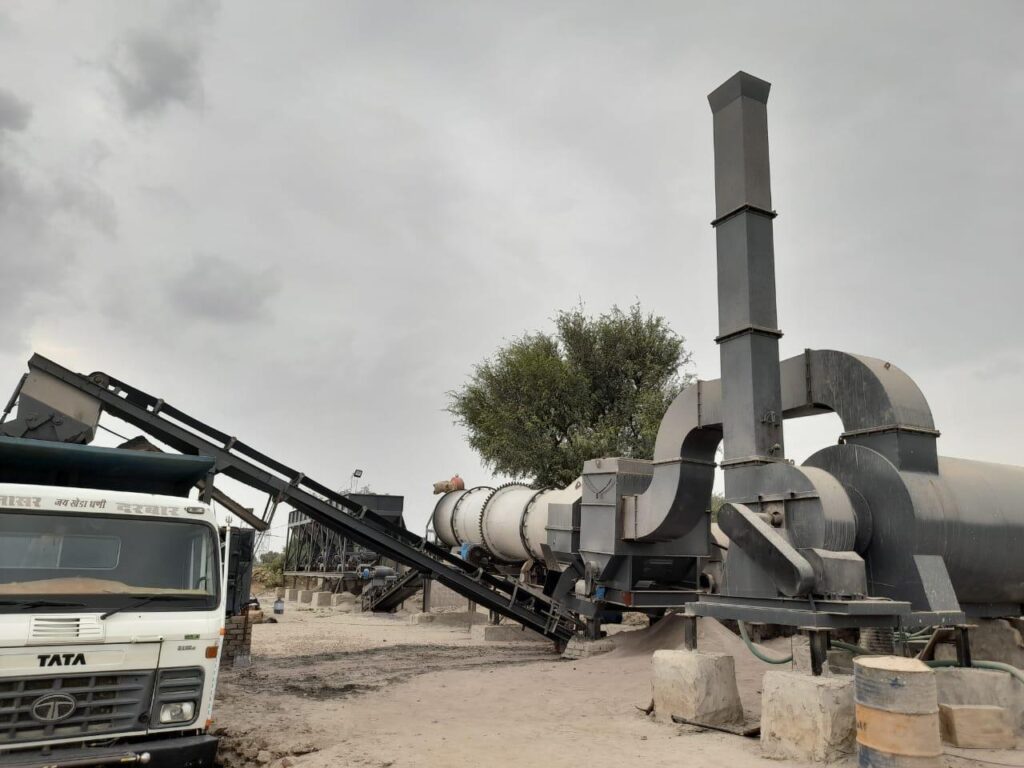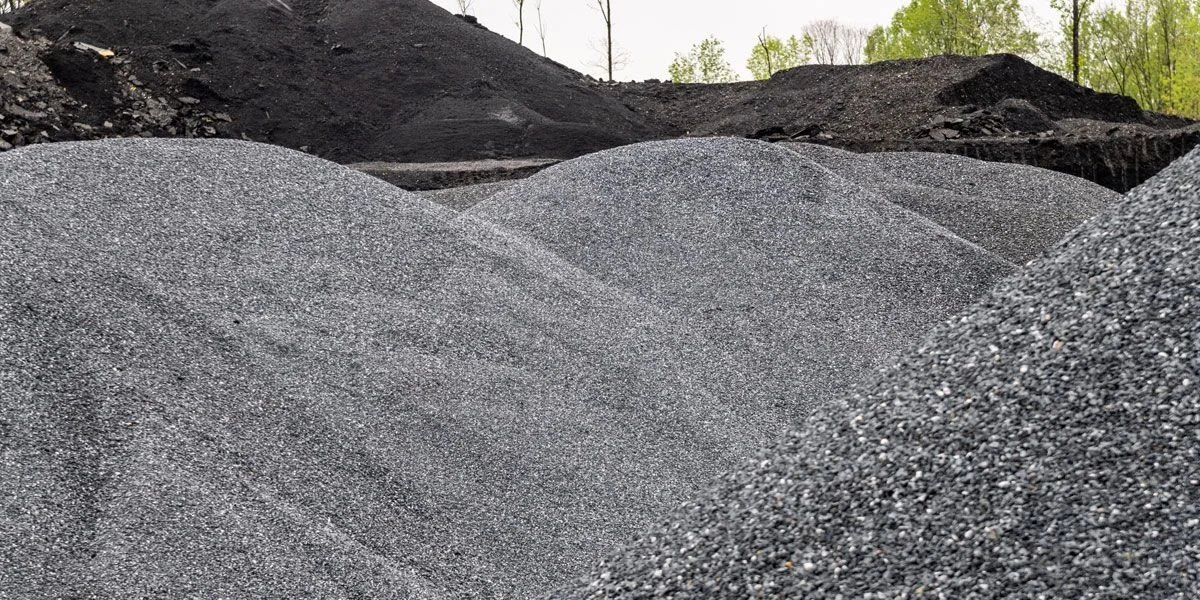
In today’s fast-paced infrastructure sector, contractors and construction firms are constantly seeking cost-effective, reliable, and efficient solutions for asphalt production. This is where Drum Mix Plant come into play. Known for their simplicity, lower operational costs, and continuous mixing capability, drum mix plant are widely recognized as an affordable and efficient solution for high-volume asphalt production.
In this blog, we’ll explore the key features, working principle, and top benefits that make drum mix plants the go-to choice for affordable asphalt mixing—especially in developing economies and remote project sites.
What is a Drum Mix Plant?
A Drum Mix Plant, also known as a continuous asphalt mixing plant, is a type of facility used to produce hot mix asphalt (HMA) without interruption. Unlike a batch mix plant, which produces asphalt in discrete batches, a drum mix plant mixes aggregates and bitumen in a continuous, streamlined process within a rotating drum.
This continuous process not only simplifies operations but also makes drum mix plants more cost-effective and easy to maintain, especially for medium to large-scale road construction projects.
Key Components of a Drum Mix Plant
A typical asphalt drum mix plant consists of:
- Cold aggregate feeder bins
- Conveyor belts
- Drying and mixing drum
- Burner unit
- Bitumen tanks
- Mineral filler unit
- Pollution control devices (wet scrubber or baghouse)
- Control panel
The heart of the system is the rotating drum, where drying and mixing of materials occur simultaneously—a design that reduces energy consumption and simplifies plant layout.
How Does a Drum Mix Plant Work?
Here’s a quick breakdown of the drum mix plant process:
- Aggregates are fed into cold bins and then transferred to the drum via conveyor belts.
- Inside the drum, aggregates are dried and heated using a burner system.
- As the aggregates move through the drum, bitumen and filler materials are injected.
- The continuous motion ensures thorough mixing, producing a consistent hot mix asphalt output.
- The finished mix is then stored temporarily in a silo or transferred directly to trucks.
This seamless operation is a major reason why drum mix plants are ideal for continuous roadwork, especially where time and budget are limited.
Top Benefits of Drum Mix Plants
1. Cost-Effective Solution
Drum mix plants are designed with minimal moving parts, reducing maintenance costs and making them more affordable to purchase and operate compared to batch mix plants.
2. High Production Rates
With continuous mixing, drum mix plants can produce 80–120+ tons per hour, making them suitable for both small and large infrastructure projects.
3. Compact and Mobile Design
Many drum mix models are available in mobile configurations, allowing them to be set up quickly and moved from one job site to another—perfect for rural or remote areas.
4. User-Friendly Operation
Modern drum mix plants come with automated controls and intuitive interfaces, making them easy to operate with limited technical training.
5. Lower Energy Consumption
Due to their integrated drying and mixing process, drum mix plants consume less fuel and electricity, contributing to both cost savings and environmental sustainability.
Ideal Applications of Drum Mix Plants
- Rural and urban road construction
- Highway maintenance projects
- Temporary roadworks
- Large-scale infrastructure in developing regions
Their affordability and mobility make them especially attractive for government projects, local municipalities, and EPC contractors.
Conclusion
When it comes to affordable asphalt mixing, drum mix plants offer an unbeatable combination of simplicity, mobility, and cost efficiency. Their continuous operation, easy maintenance, and lower capital investment make them the preferred choice for contractors looking to balance quality with budget.
As infrastructure demands continue to grow globally, especially in emerging economies, drum mix asphalt plants will remain a cornerstone of reliable, scalable road construction.





